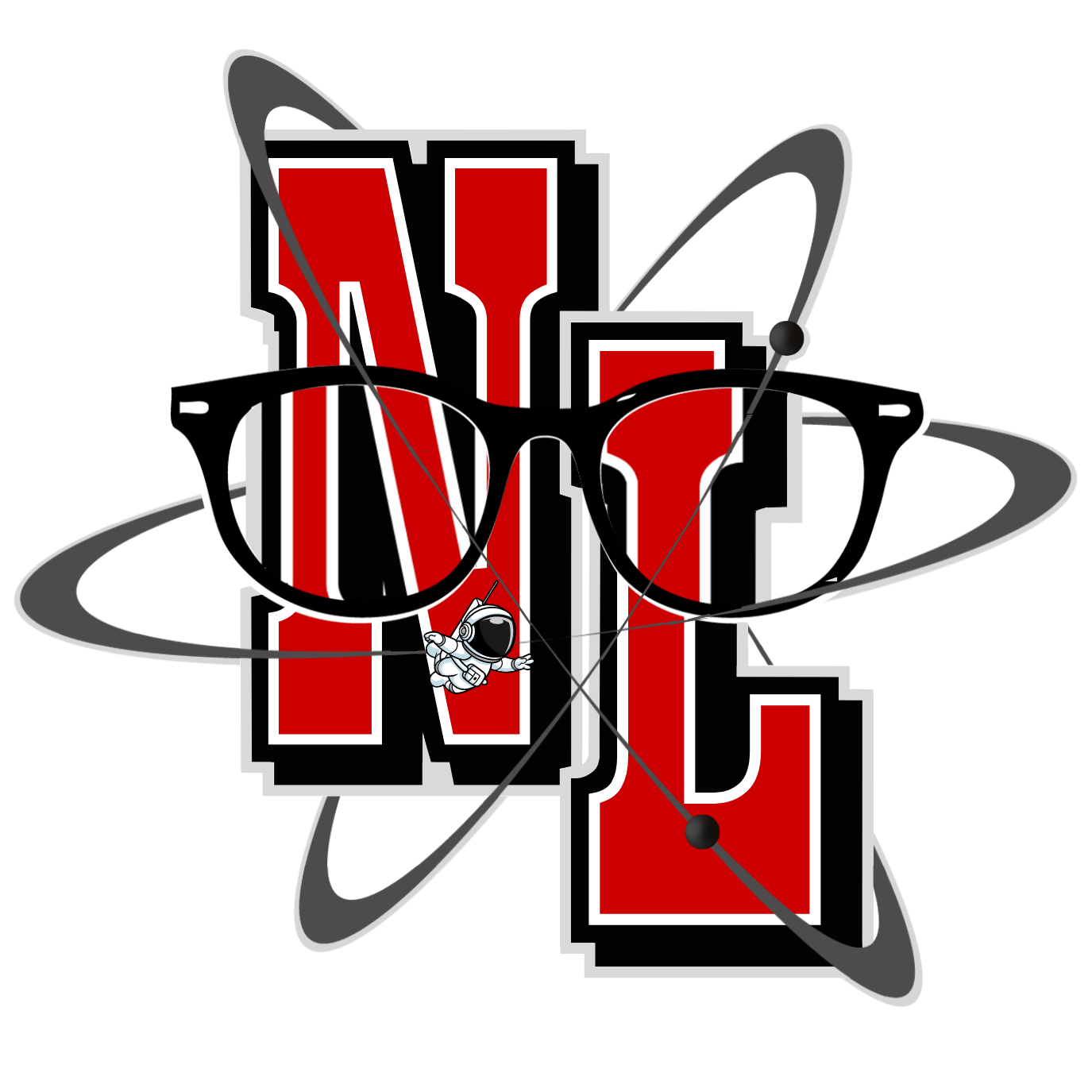
The Hidden Economic Crisis: Supreme Court Ruling Enables $430+ Billion in Congressional Funding Impoundment
On September 26, 2025, the Supreme Court granted emergency relief to the Trump administration in Department of State v. AIDS Vaccine Advocacy Coalition, effectively allowing the executive branch to withhold $4 billion in congressionally appropriated foreign aid. While this decision may seem narrow, the administration is currently blocking at least $430 billion in congressionally allocated funds across numerous federal programs using the same legal theory. Thus, this decision is the tip of an economic iceberg that undermines fundamental constitutional principles at a time when the U.S. economy is already showing signs of weakness and threatens hundreds of thousands of American jobs.

How Ukraine’s Lithium Reserves Could Determine the Future of AI and Energy Storage
With an estimated 500,000 tonnes of lithium, Ukraine's reserves are valued at approximately $15 trillion. Supporting Ukraine is not merely a matter of foreign policy but a strategic imperative for the United States. Ensuring U.S. access to critical minerals like lithium is essential for maintaining economic stability, advancing technological innovation, and preserving geopolitical influence.

The Future of the USPTO: Workforce Disruptions, Policy Shifts, and the Growing Backlog
Holding a patent is not merely a legal formality—it is a strategic asset that significantly enhances a company’s ability to secure funding and drive growth.all begins with an idea. While the U.S. Patent and Trademark Office (“USPTO”) faces unprecedented uncertainty as conflicting mandates on telework, hiring freezes, and return-to-office requirements disrupt operations, patent holders should expect more delays in patent prosecution as the USPTO backlog increases.

The Misguided Stance of the Copyright Office on AI-Generated Works
The U.S. Copyright Office has taken the position that AI image generating tools, like MidJourney, (not the user using the tool) are the authors of the images that are created. The best example we have is the case of Kristina Kashtanova’s graphic novel, Zarya of the Dawn, which was partially generated using AI. The Copyright Office’s reasoning is flawed, and the issue of who the author is when using AI tools needs careful examination.
